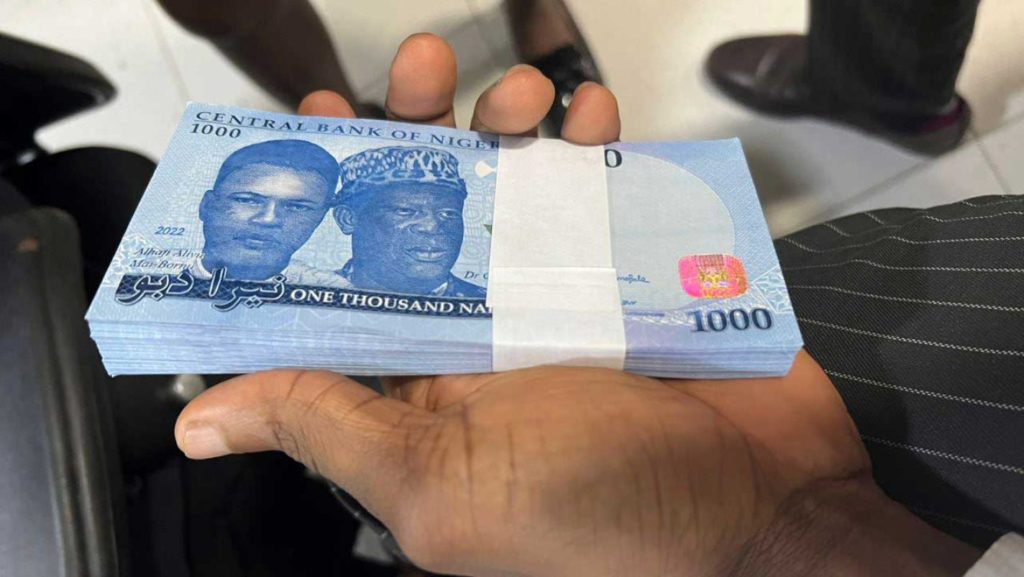
Addressing the Issue of Counterfeit Currency in Niger
Counterfeit currency poses a significant challenge in Niger, affecting both businesses and individuals across the country. The circulation of fake banknotes, particularly the 10,000 and 5,000 West African CFA franc denominations, has become a growing concern.
The Impact of Fake Money:
In recent years, Niger has seen an increase in counterfeit currency incidents, especially in major cities like Niamey and Maradi. This illicit activity not only undermines the country’s economy but also poses risks to unsuspecting citizens who may inadvertently accept fake money.
Challenges for Businesses:
The prevalence of counterfeit currency has a direct impact on businesses in Niger. Small shops, markets, and vendors are particularly vulnerable to receiving fake banknotes during transactions. When these businesses unknowingly accept counterfeit money, they face financial losses that can disrupt their operations and erode trust among their customers.
Risks for Individuals:
Individuals across Niger, from urban centers to rural areas, are also at risk of receiving counterfeit banknotes. Everyday transactions, such as purchasing goods, paying for services, or using public transportation, can result in unwittingly accepting fake money. This not only affects individuals’ purchasing power but also diminishes confidence in the local currency.
Identifying Fake Banknotes:
To protect themselves against counterfeit currency, residents of Niger should familiarize themselves with the security features of genuine West African CFA francs:
- Watermark: Hold the banknote up to the light to see a watermark of the depicted figure or animal.
- Security Thread: Genuine banknotes have a metallic security thread embedded within the paper. This thread appears as a thin, silver line and is visible when held up to the light.
- Raised Printing: Run your fingers over the note to feel the raised printing, which is characteristic of authentic currency.
- Microtext and Holograms: Some denominations feature microtext or holographic elements that are difficult for counterfeiters to replicate.
Reporting Suspected Counterfeit Currency:
If individuals suspect they have received counterfeit currency in Niger, it’s crucial to take the following steps:
- Do Not Circulate: Avoid using or passing on the suspected fake money to prevent its spread.
- Contact Authorities: Report the counterfeit currency to local law enforcement or the Central Bank of West African States (BCEAO). The BCEAO has specialized units to handle such cases and investigate counterfeit money operations.
Government Initiatives:
The Nigerien government, in collaboration with the BCEAO, is taking measures to combat counterfeit currency. Public awareness campaigns are being conducted to educate citizens on how to identify fake banknotes. Additionally, the BCEAO continues to enhance the security features of the West African CFA franc to stay ahead of counterfeiters.
Conclusion:
Counterfeit currency poses a significant threat to Niger’s economy and its citizens’ financial well-being. By remaining vigilant, understanding the security features of genuine banknotes, and promptly reporting suspected counterfeit money, individuals and businesses can contribute to combating this illegal activity. Together, let’s work towards a safer and more secure financial environment in Niger and uphold the integrity of the local currency.
